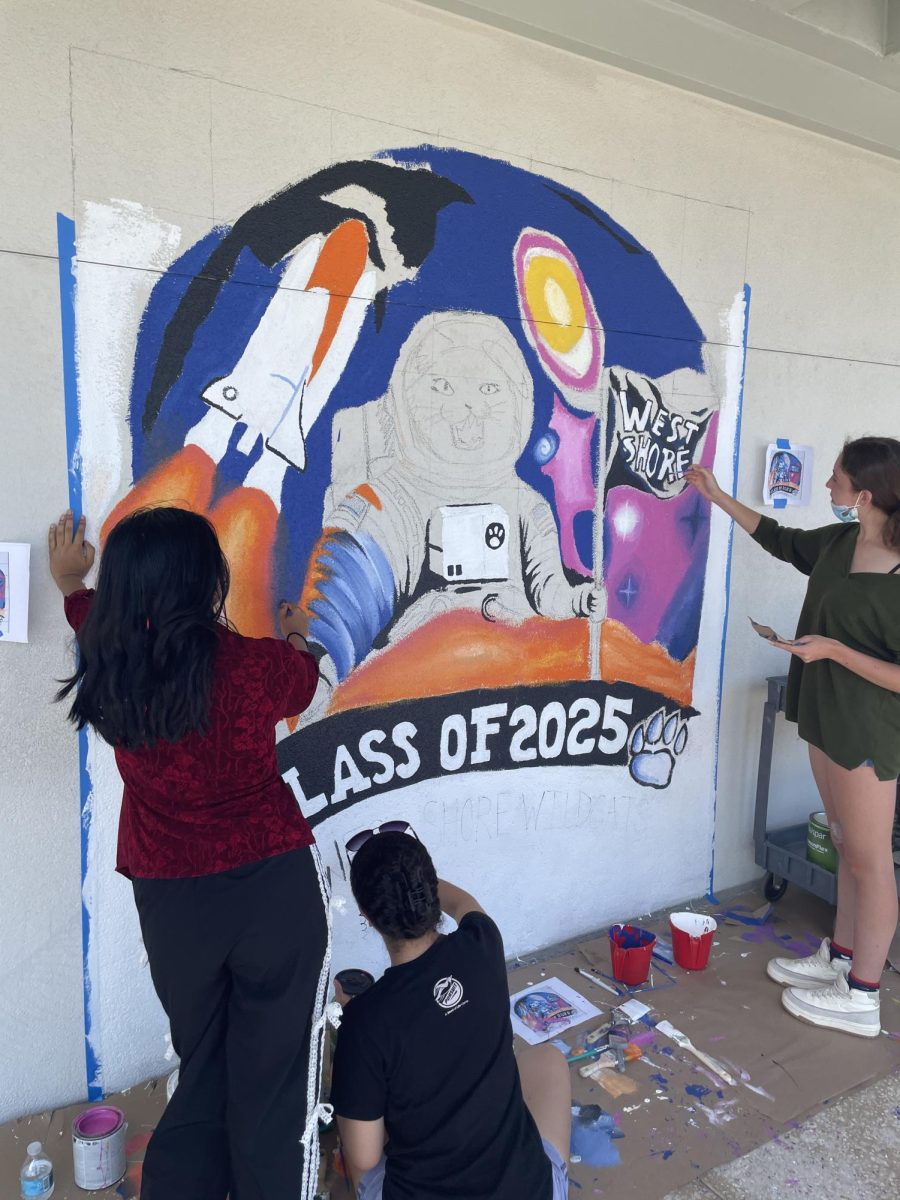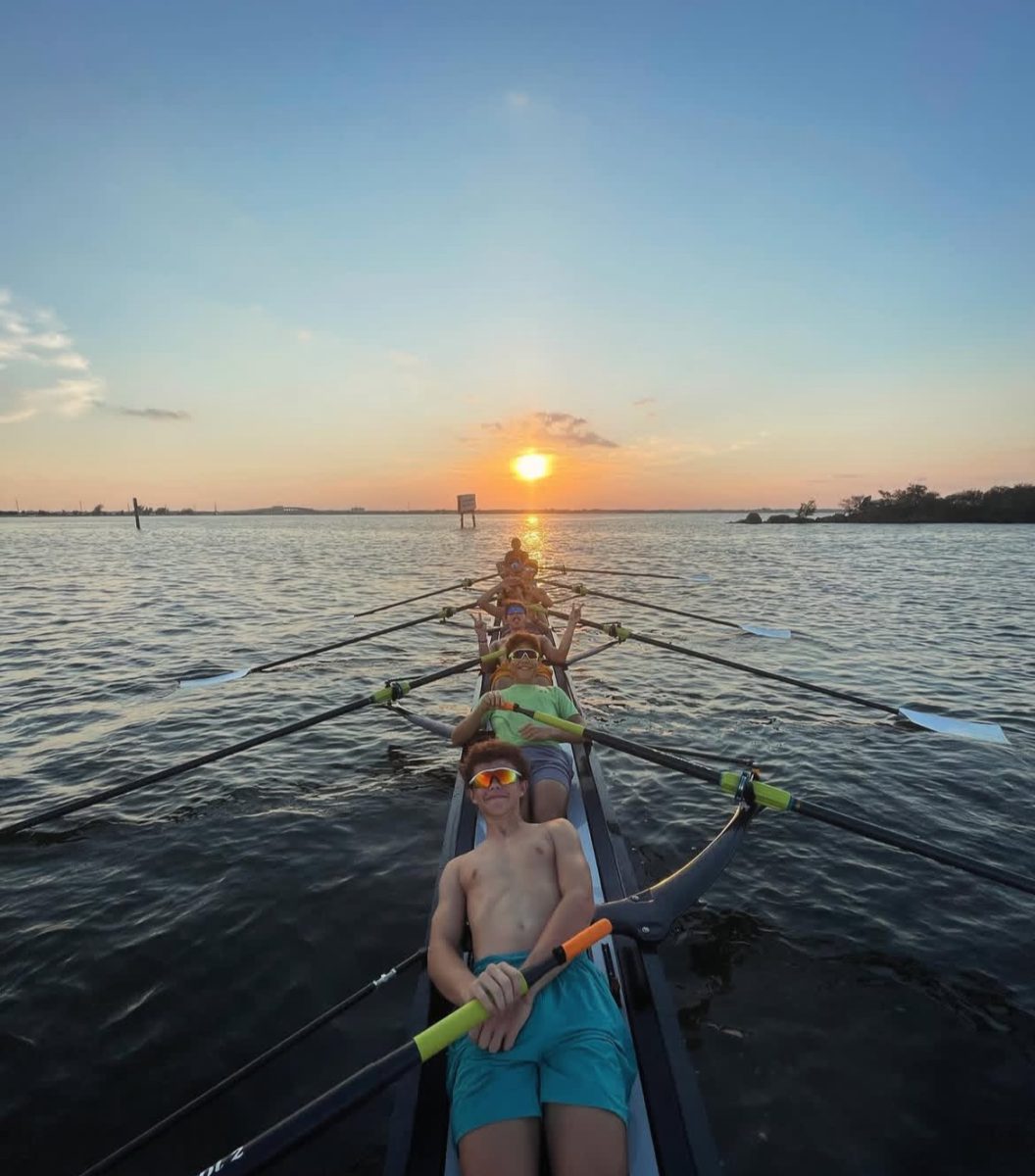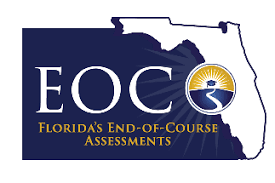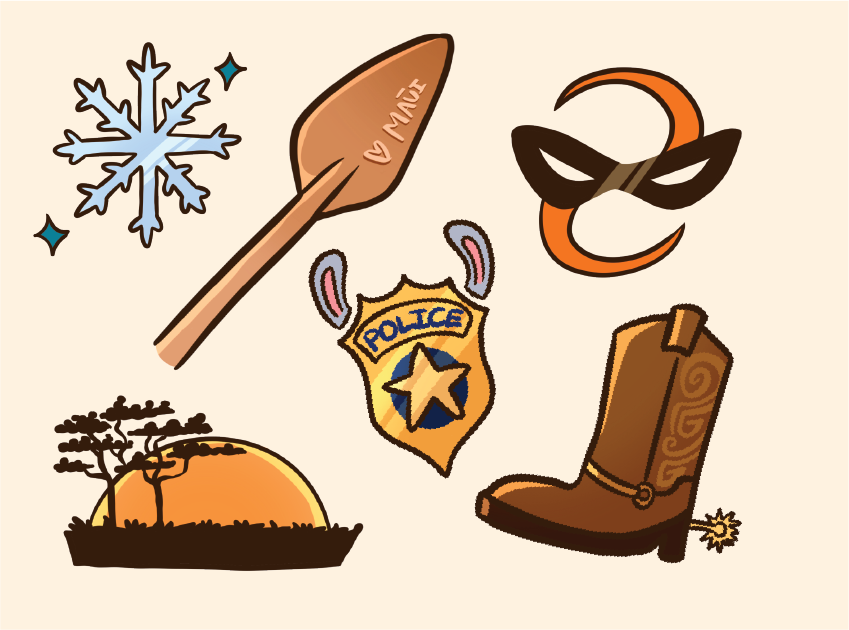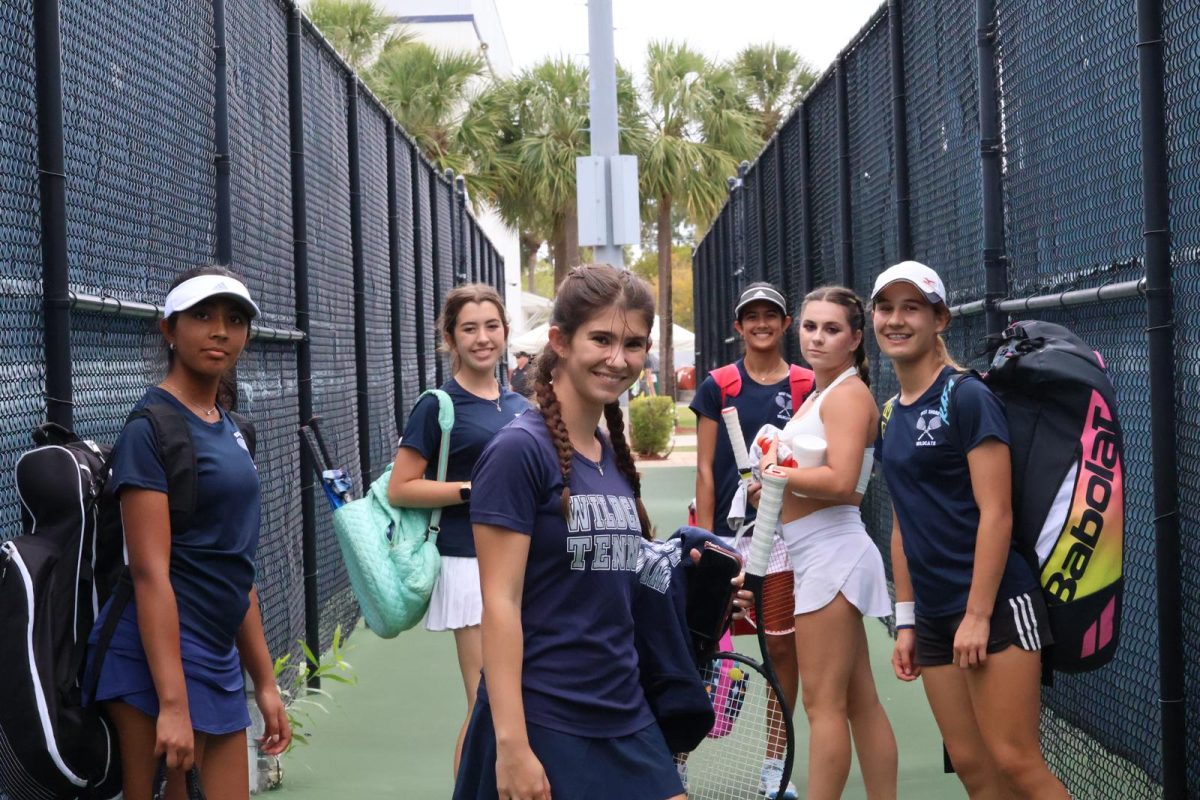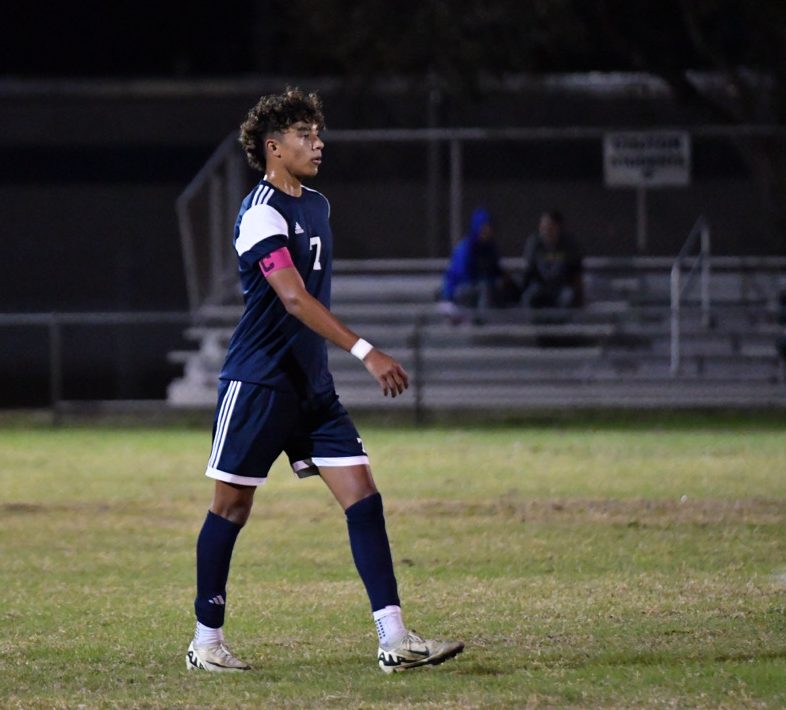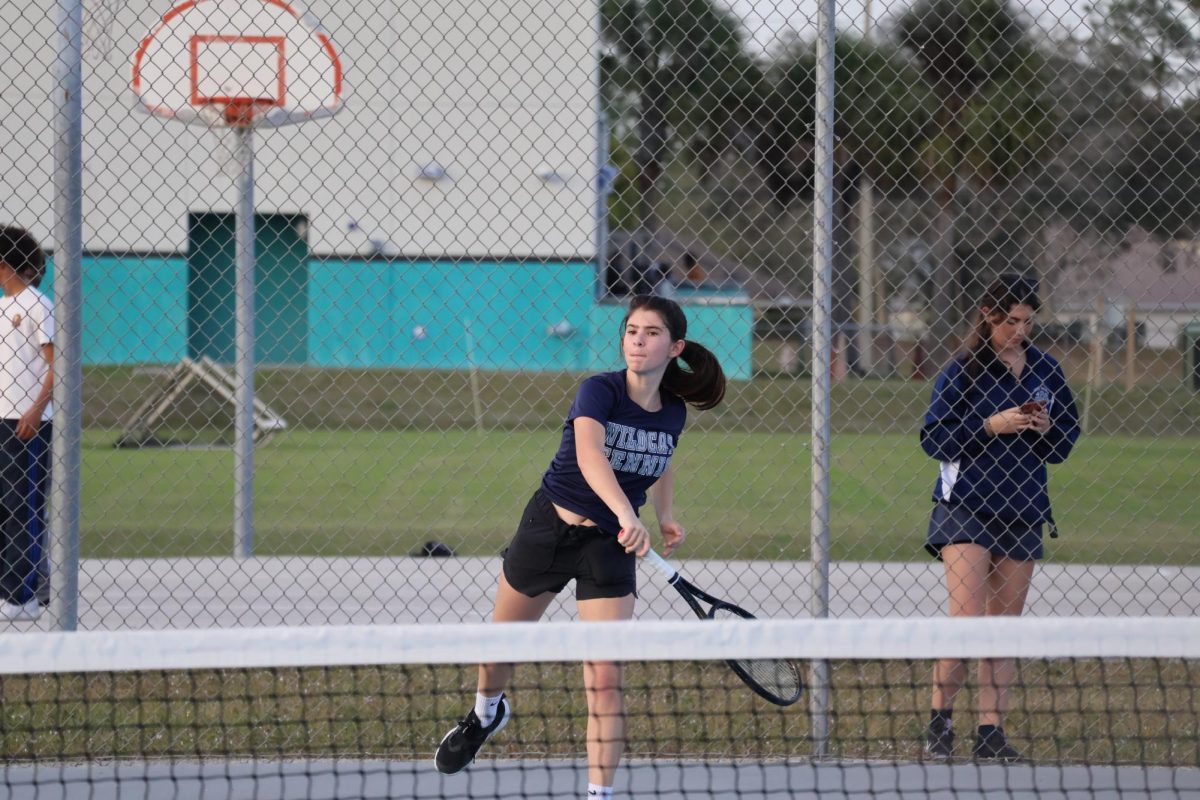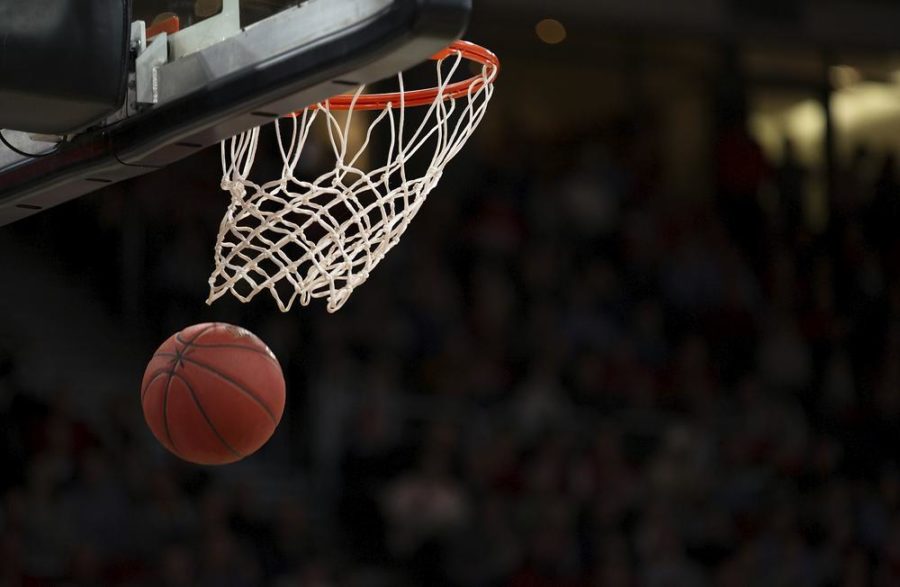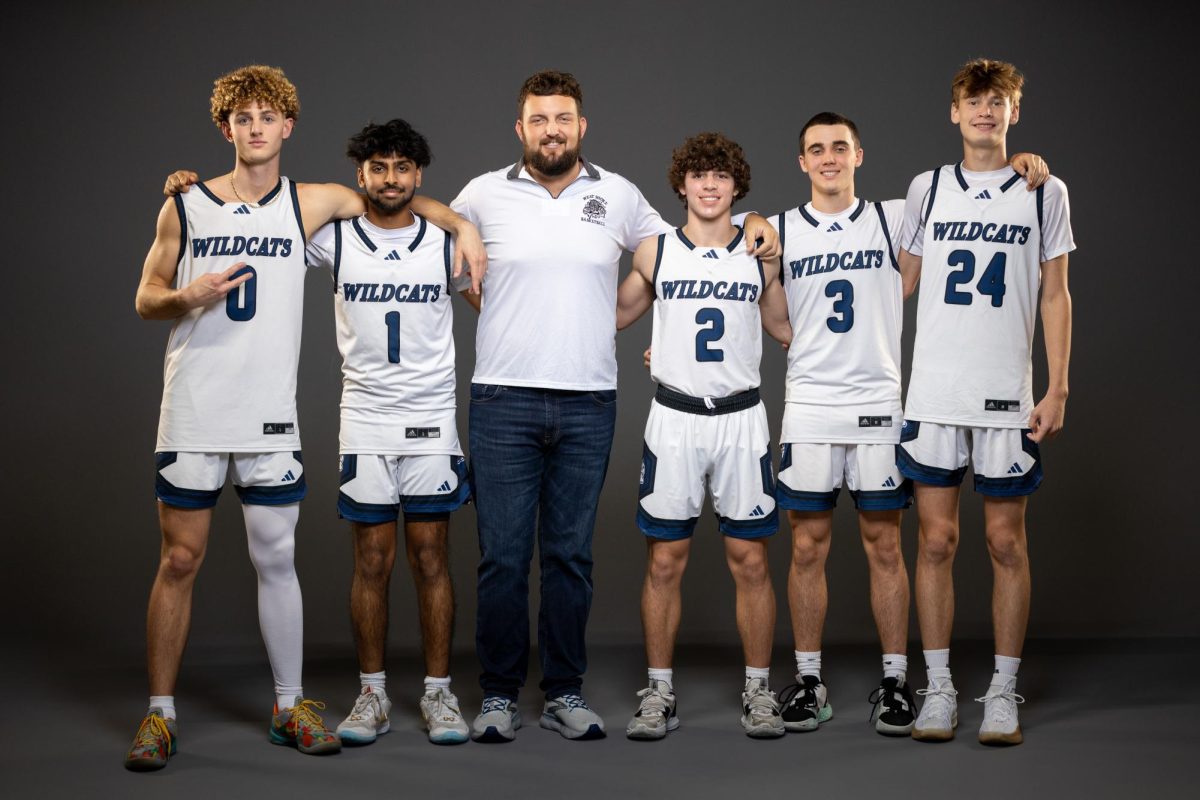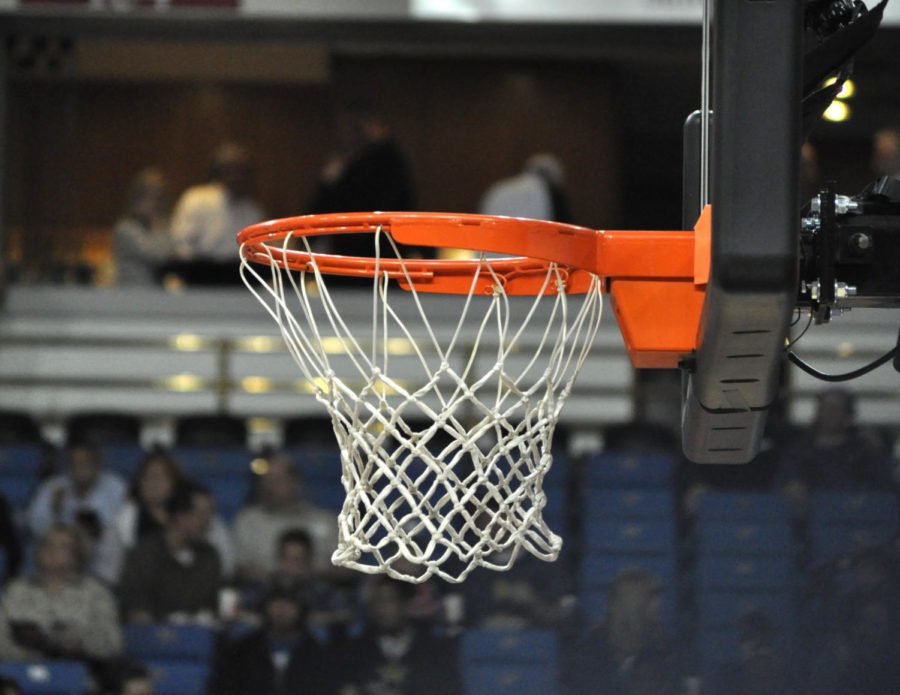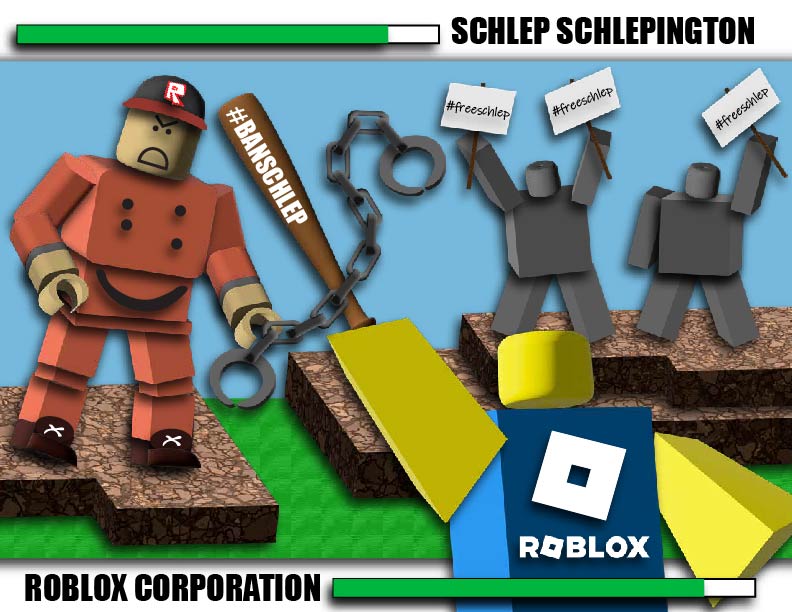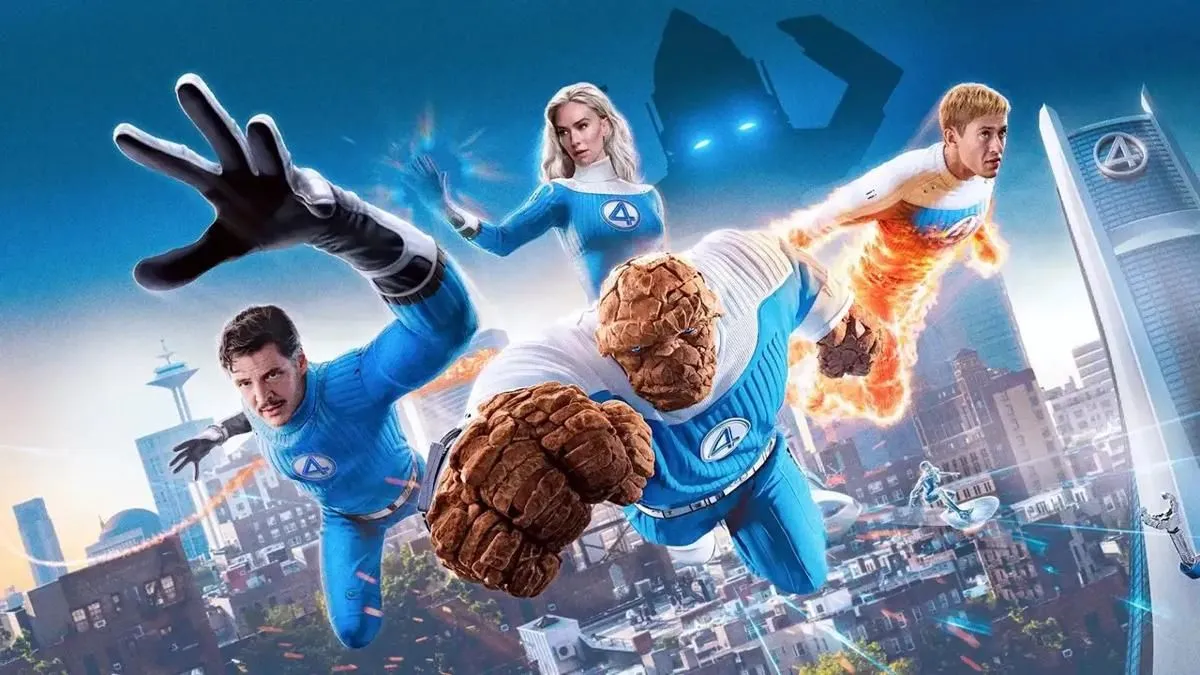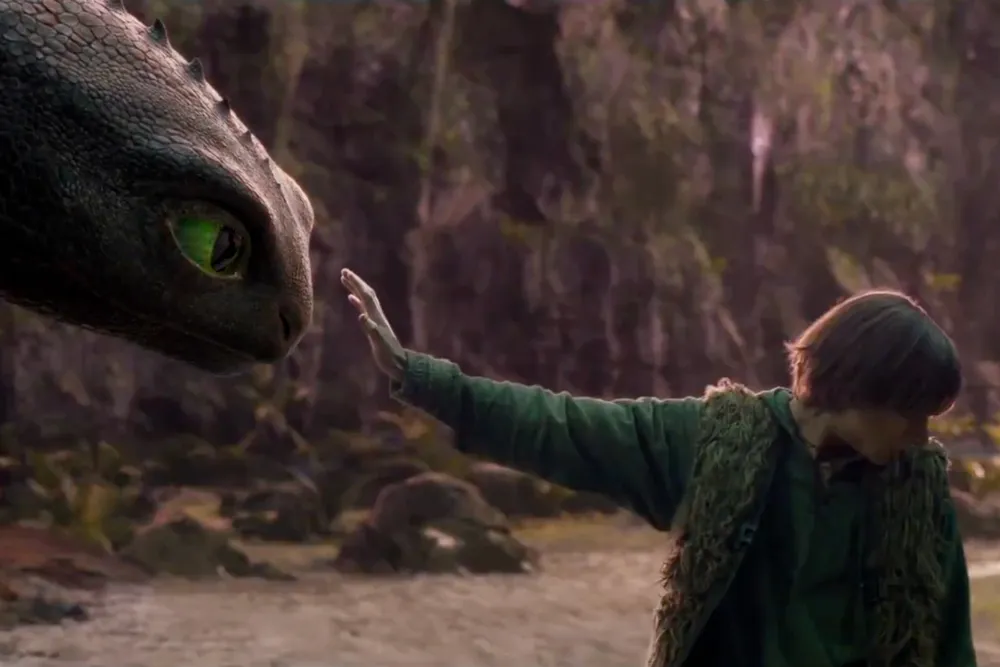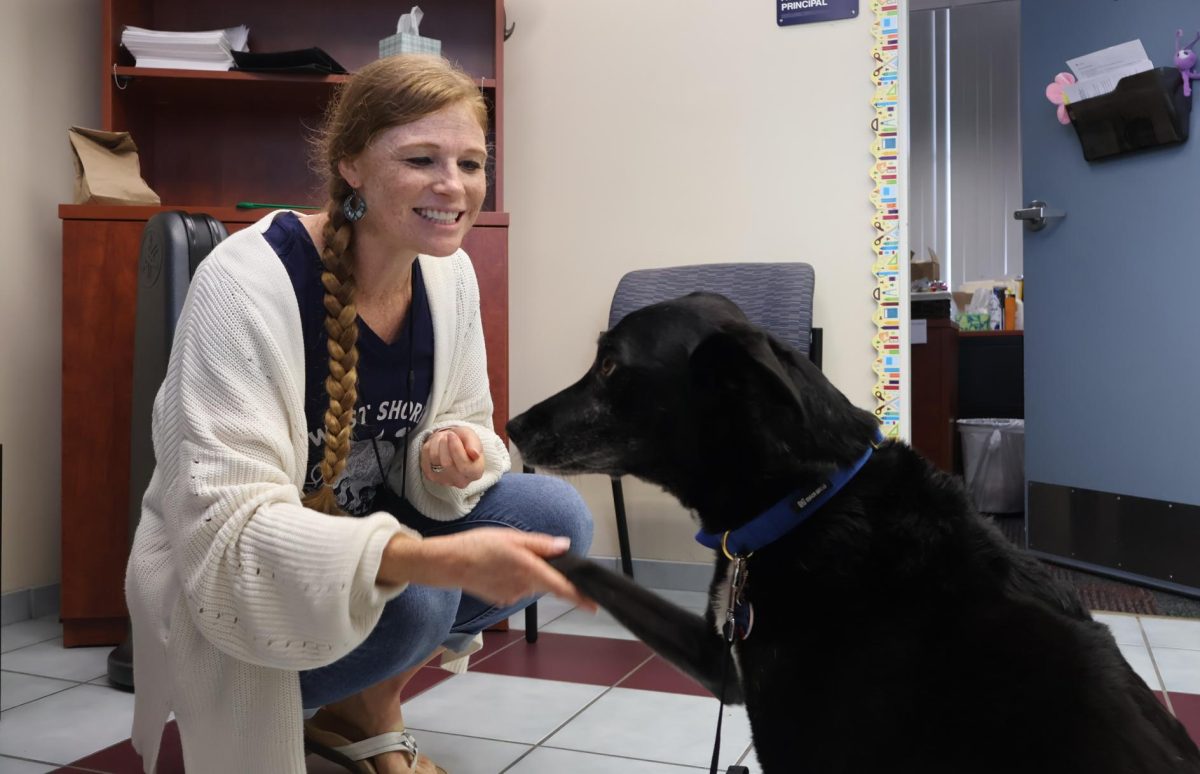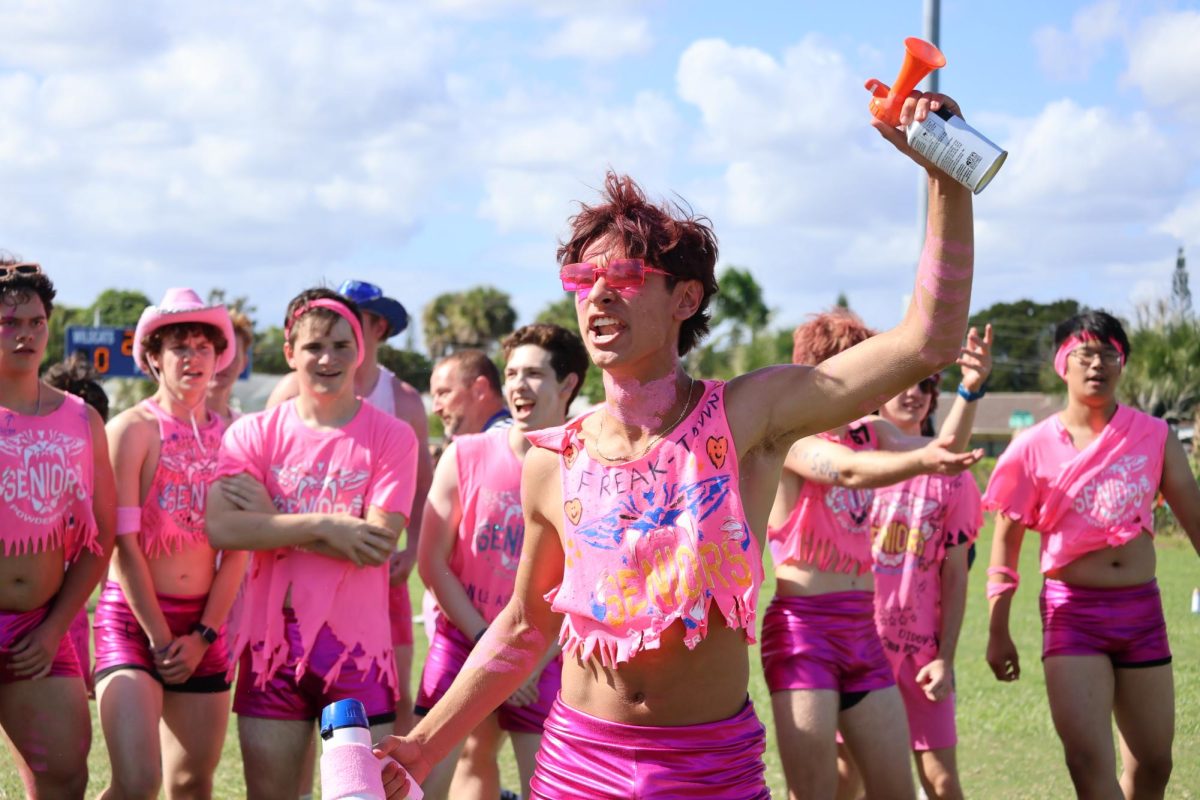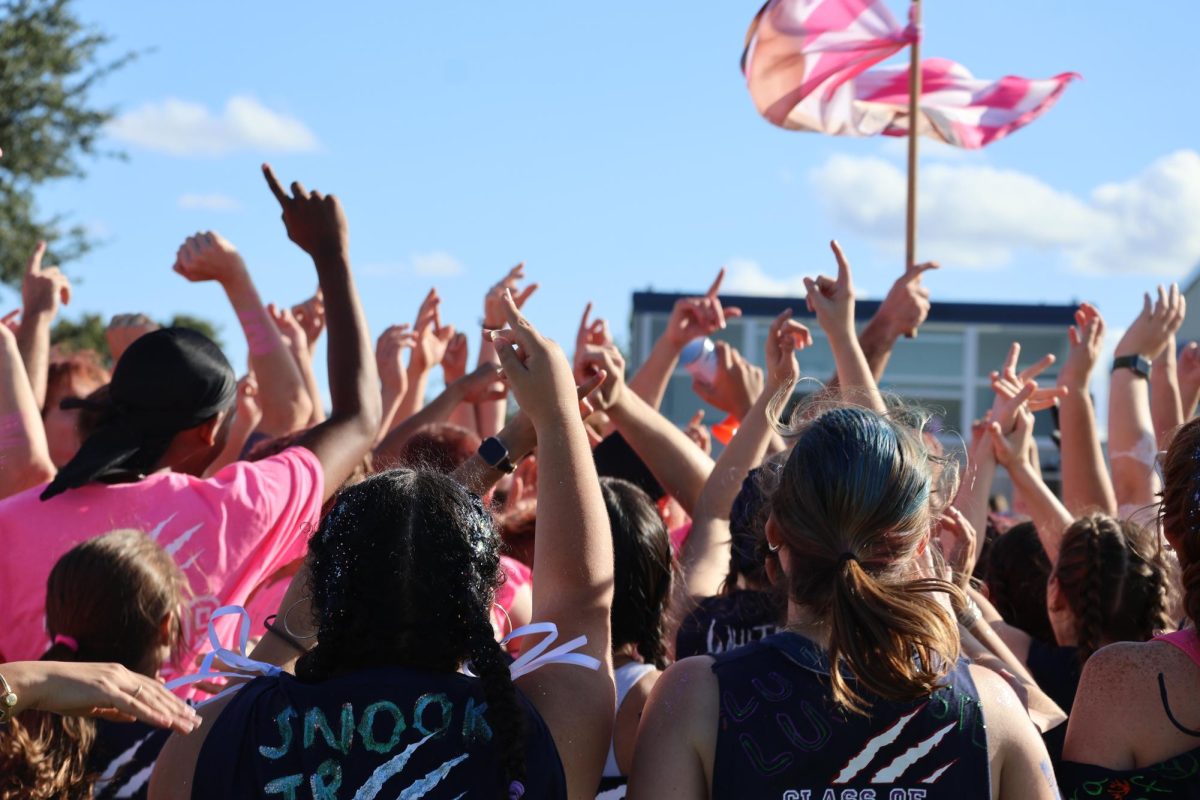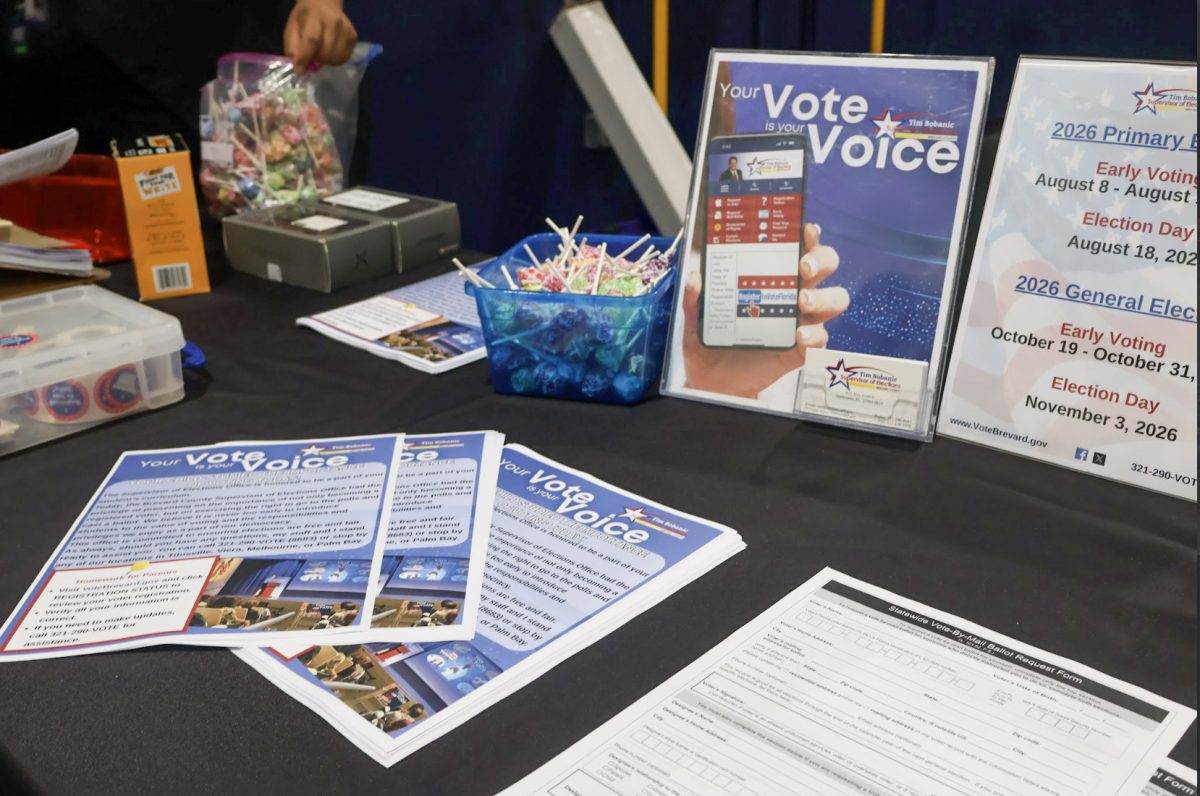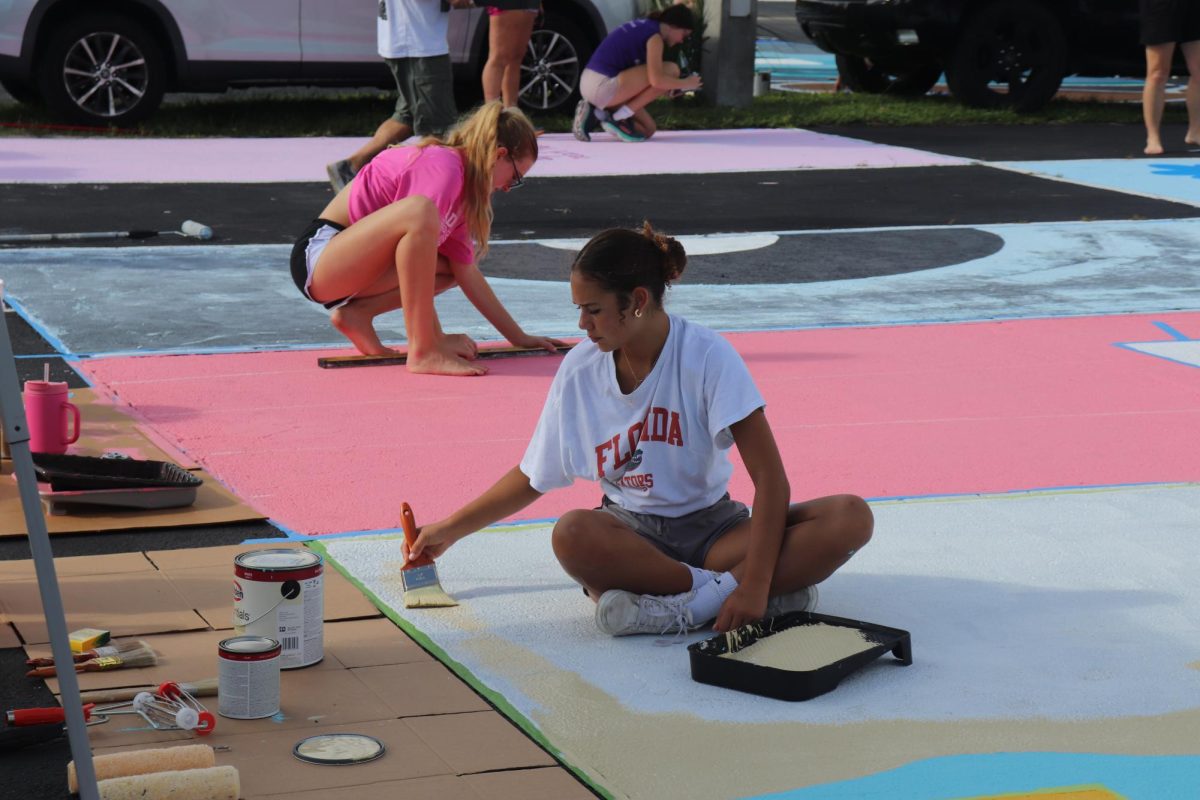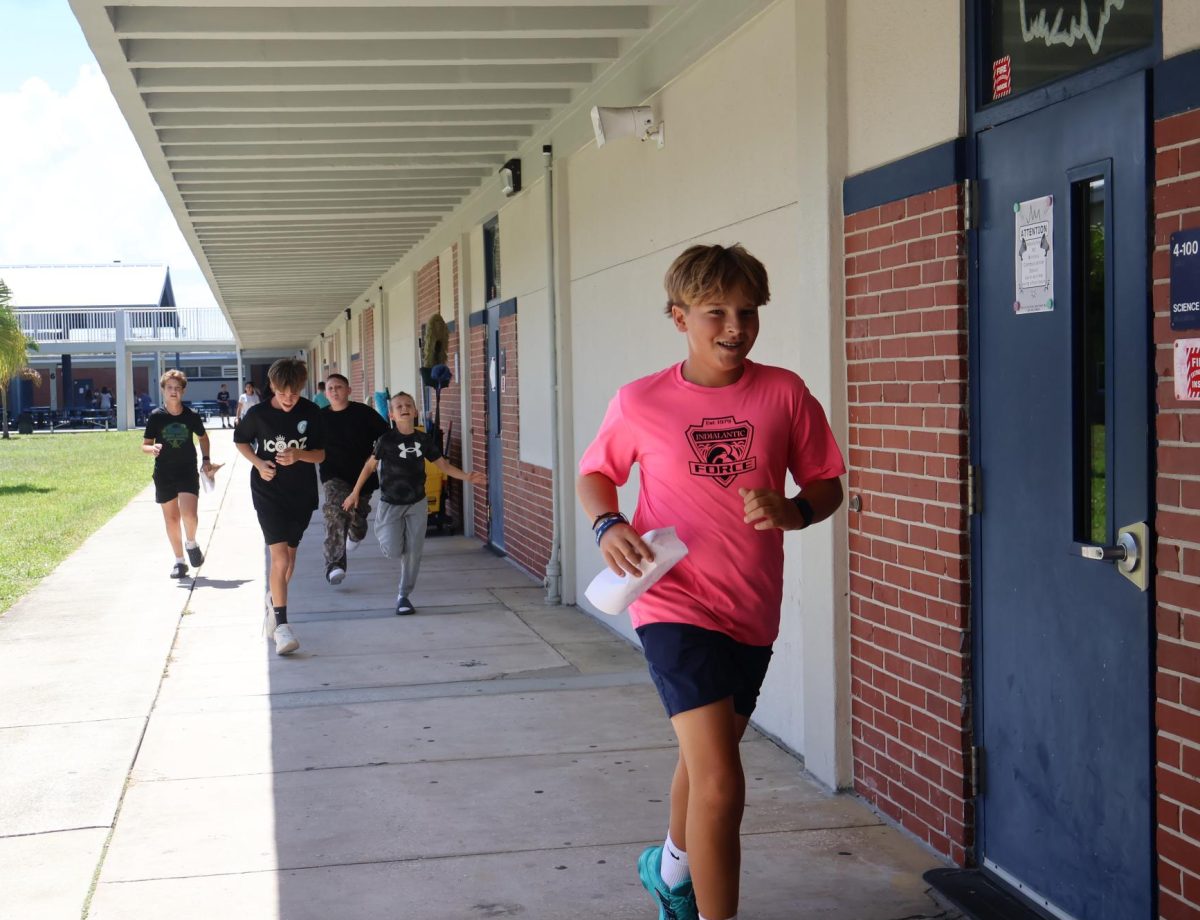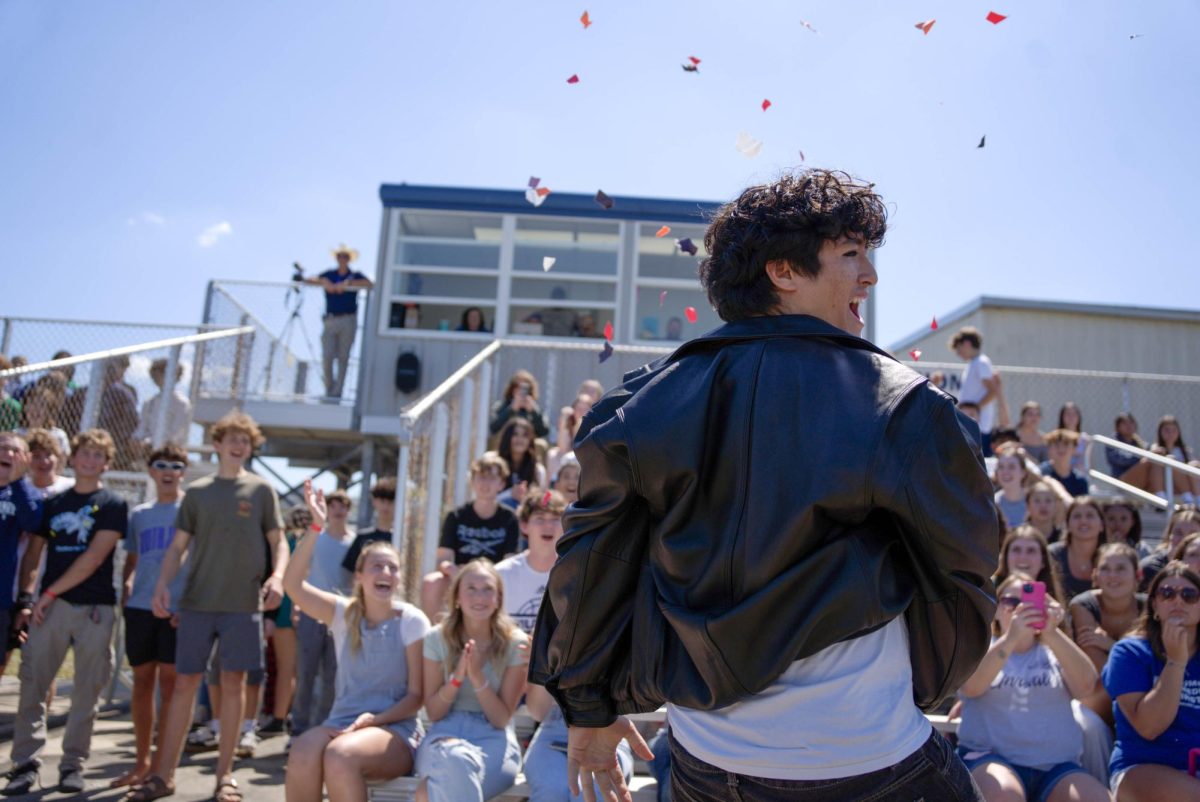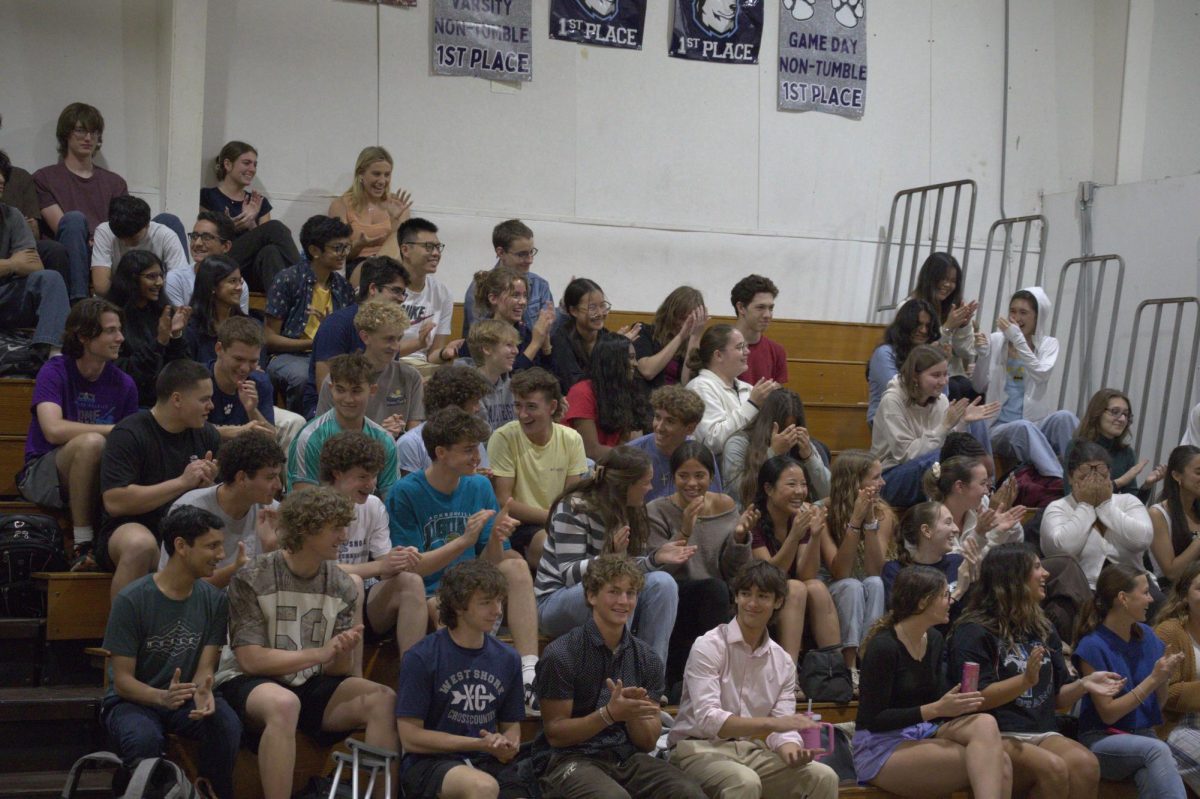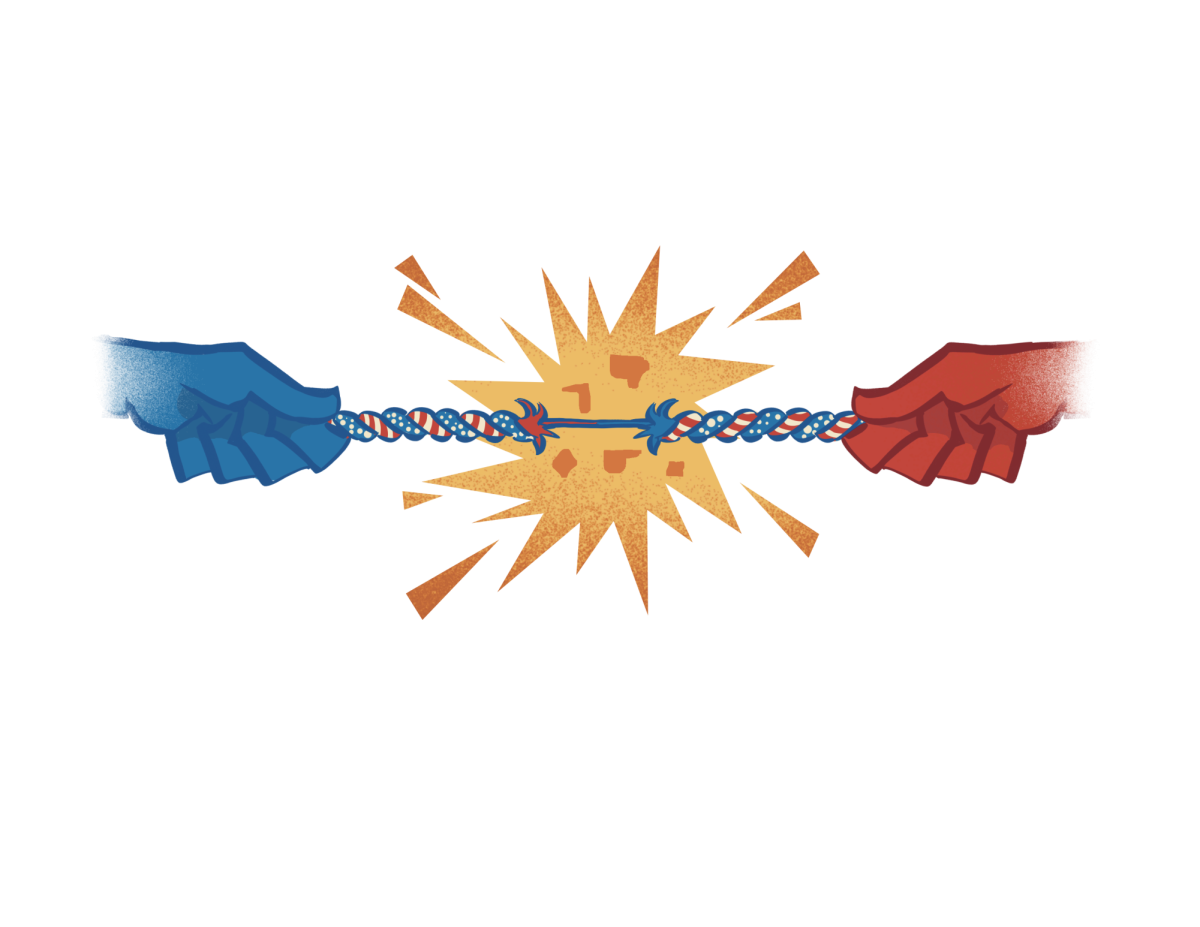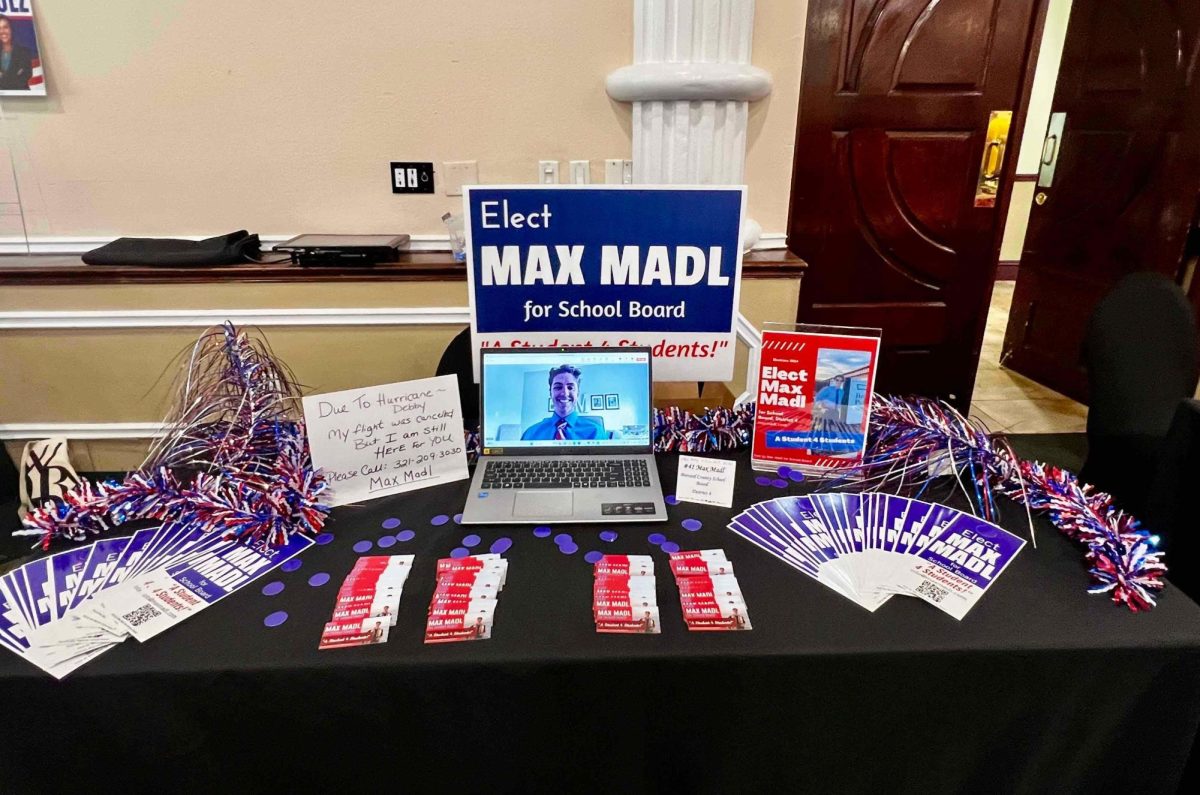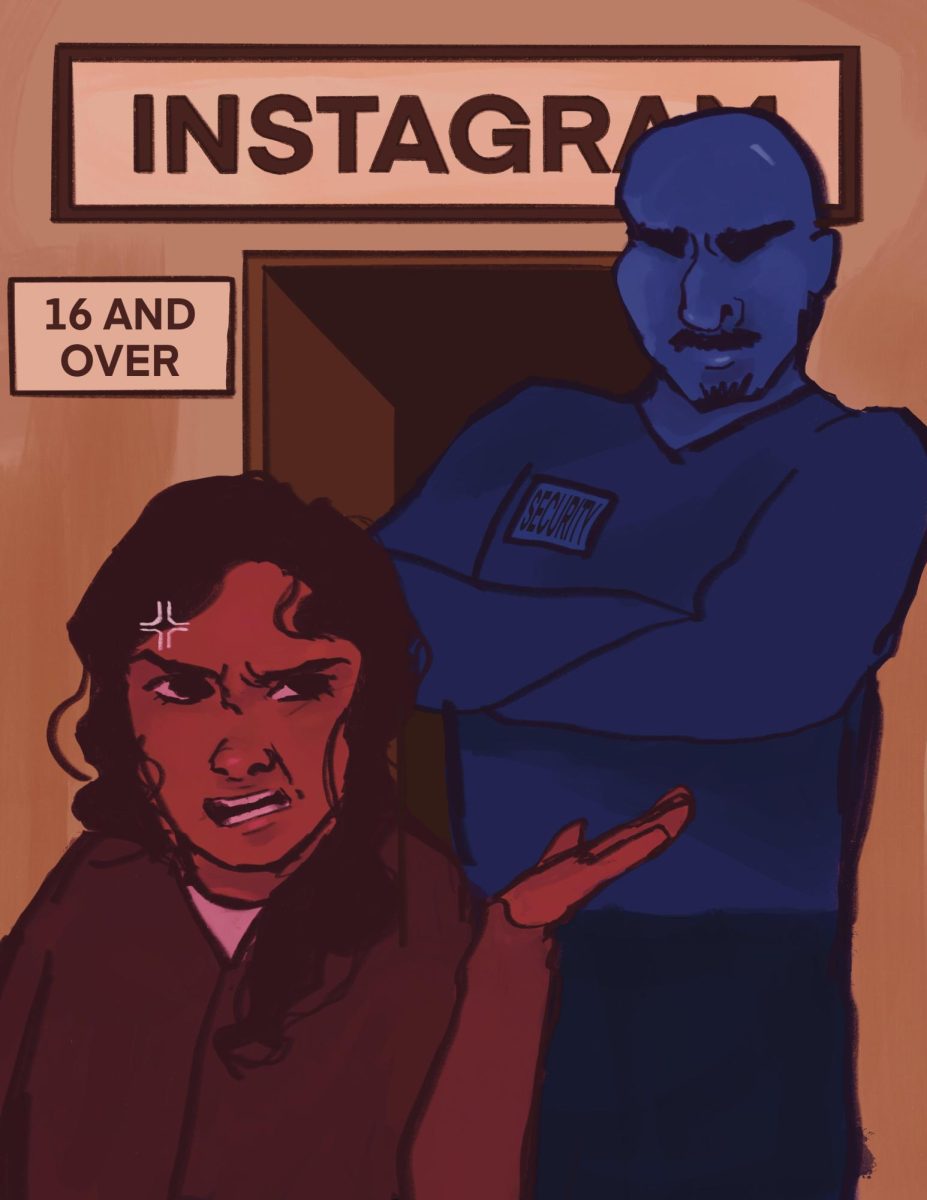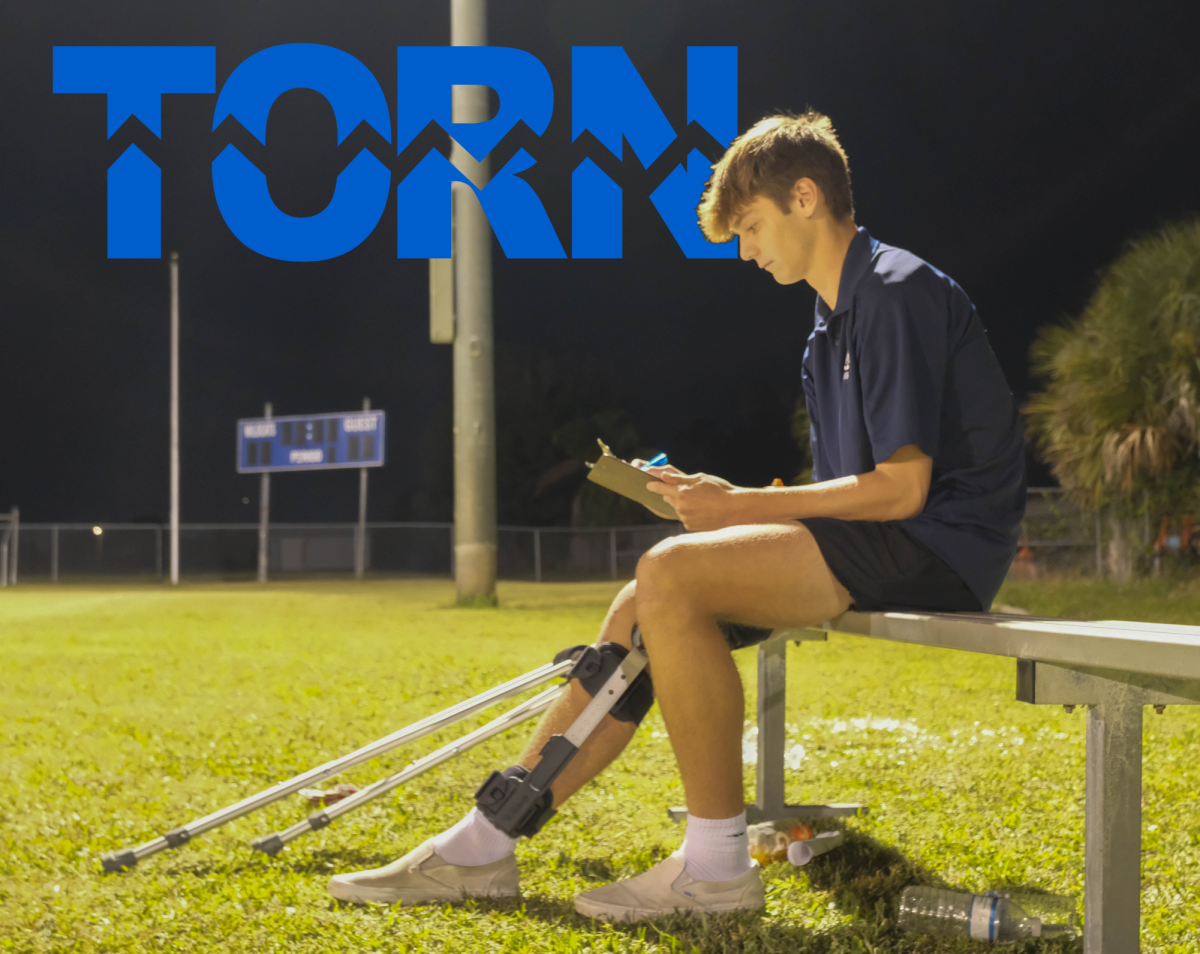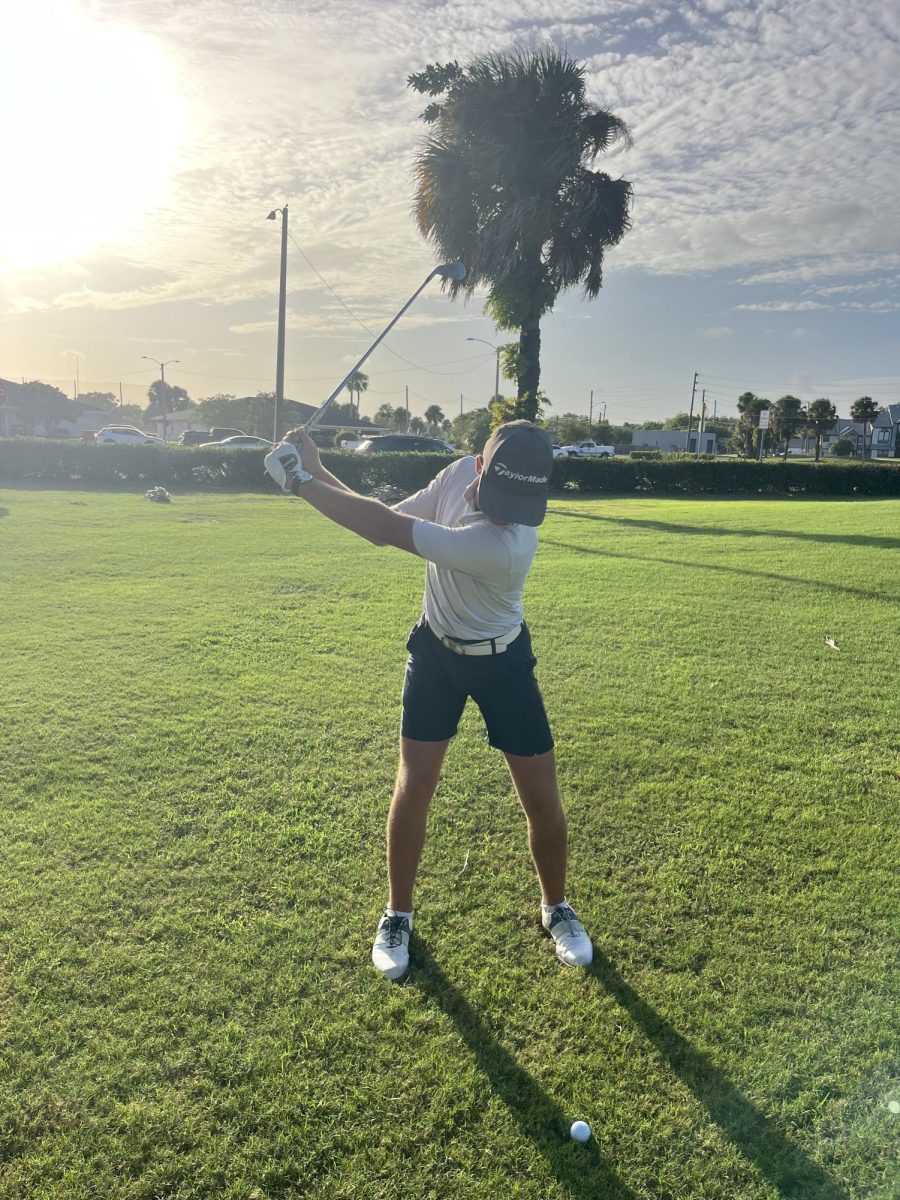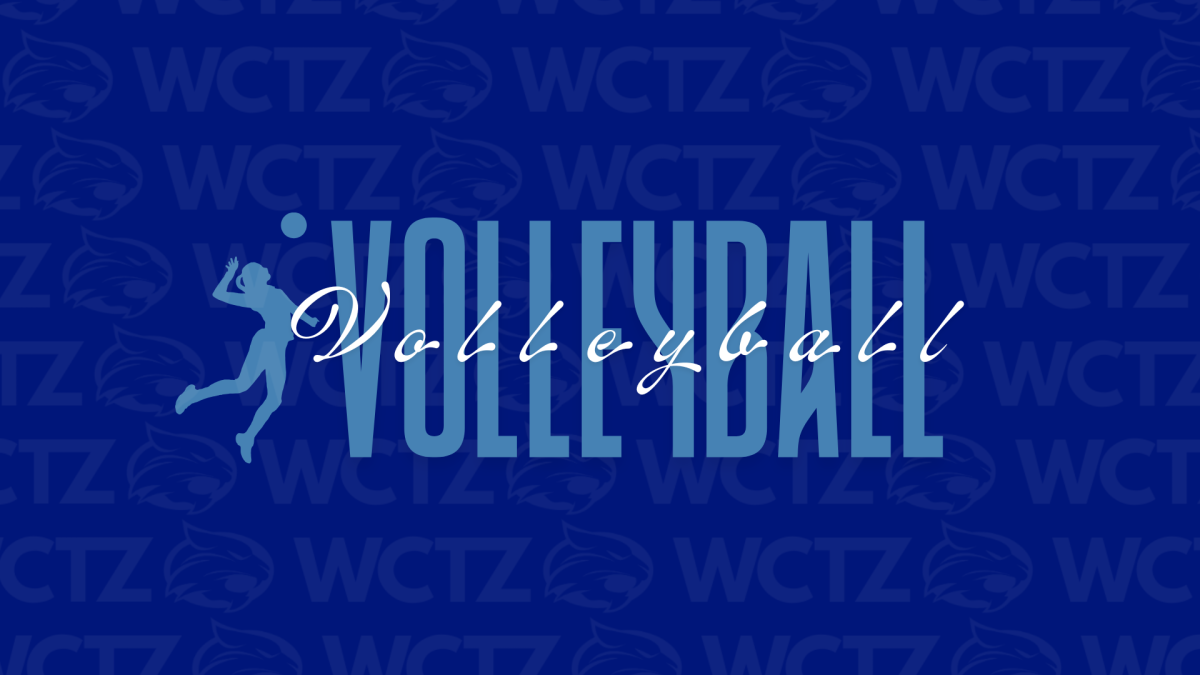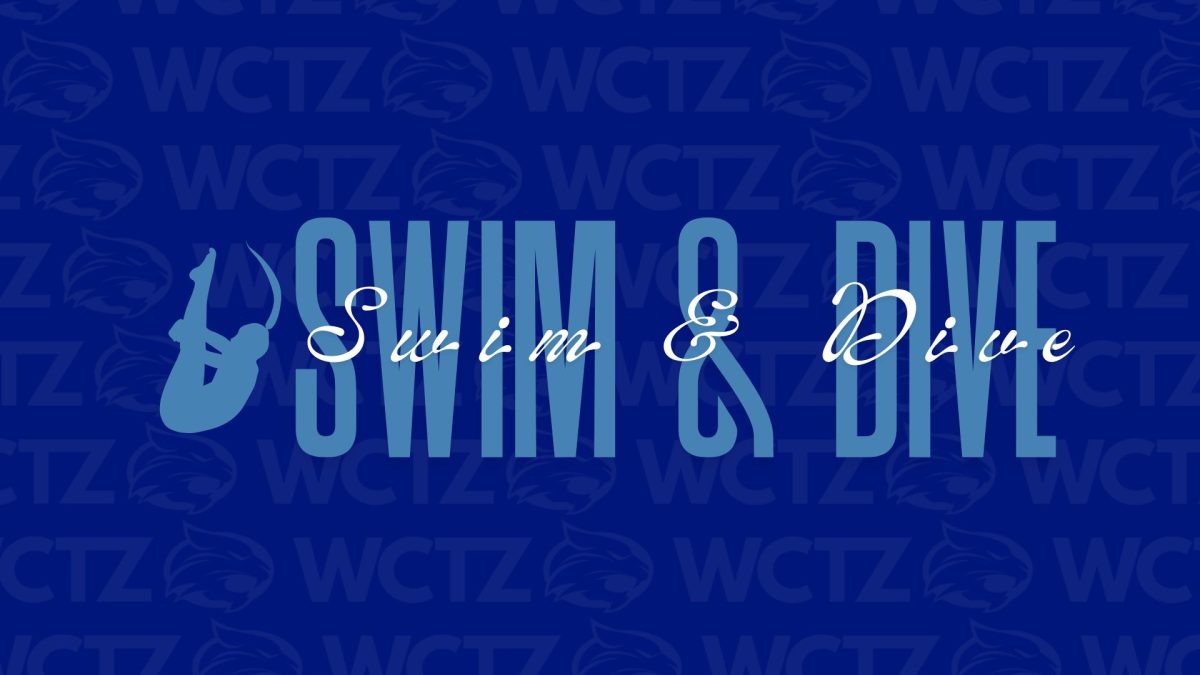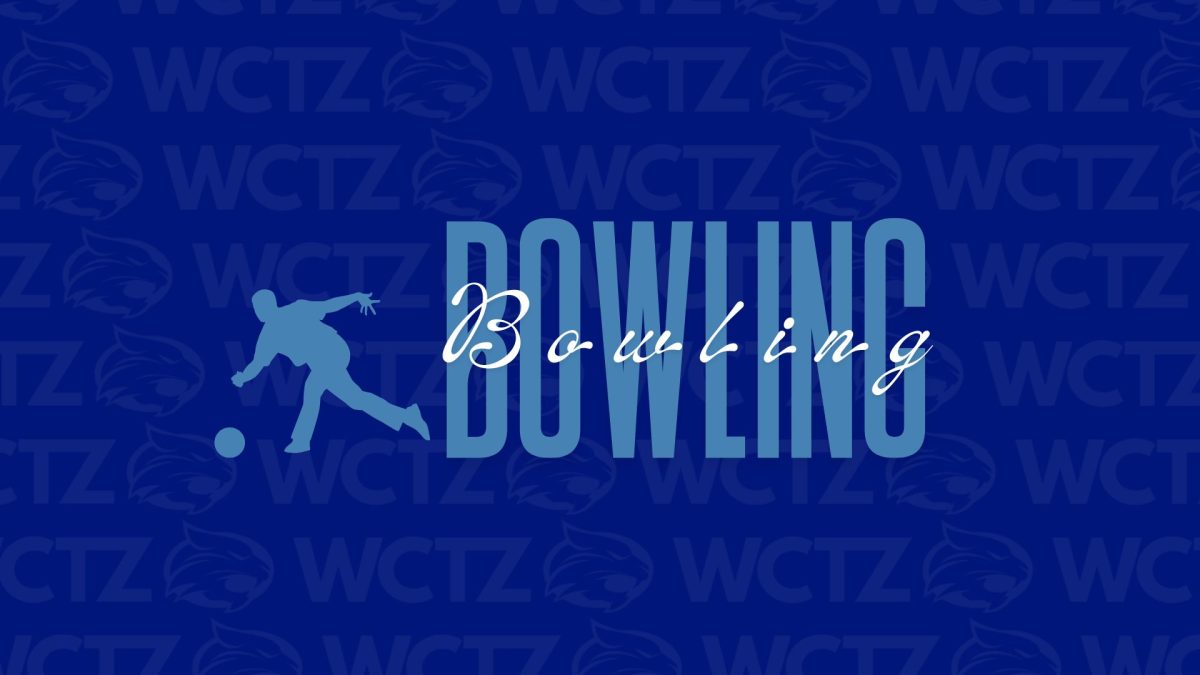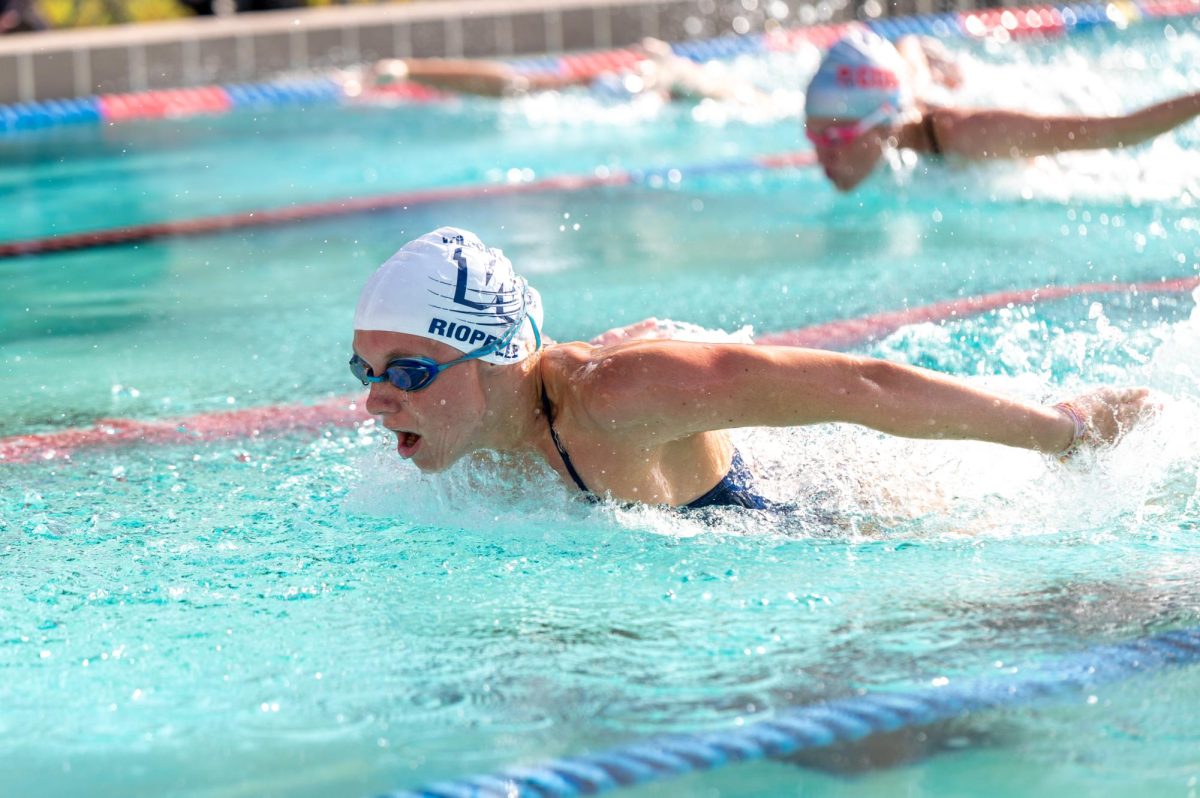After the seventh goal of the night, junior Nicholas Miles watches his teammates swarm the scorer, and those remaining on the bench leap up to cheer. Miles, however, remains on the bench and tallies another goal on the stat-sheet.
Miles was forced to use crutches and a leg brace to assist him with his movement due to ACL and double meniscus tears in his right leg suffered in a game for his club team, Space Coast United. That day, he recalls, he had considered resting his body instead of playing in the game he now knows would keep him out from playing soccer for seven to eight months.
“It was the day after Homecoming, and I was thinking about skipping the game,” Miles said. “Now I really wish I skipped the game.”
The play in the Sept. 24 game saw the center-back Miles jump up to win the ball in the air before being hit by an opposing player harder than he had anticipated, and when he hit the ground, his knee buckled under him. While he said he didn’t feel any pain aside from a bone bruise, when he tried to stand up from the result of the challenge, he realized his leg had become immovable before he dropped back down to earth.
“After I fell, adrenaline kicked in, and I tried to stand up and jog it off because that’s what I normally do, but when I went to stand back up, my leg buckled and I fell back down,” Miles said.
Miles said he didn’t realize how serious his injury really was.
“To be honest, I didn’t know I was severely hurt,” Miles said. “I wasn’t in any real pain but I just couldn’t move my leg. I got evaluated by a trainer on the side of the field who said my knee was fine and that it was just a pulled hamstring.”
A week later, he heard the news he had been dreading. His MRI scans were analyzed by an orthopedic doctor who told him he would need surgery for his torn ACL, meaning he would be out anywhere from six to nine months. Miles said the moment of realization of his injury’s severity hurt more than the moment that injured him.
“I was super-upset,” he said. “I was really looking forward to my high-school season during my junior year, and now I can’t play soccer.”
Miles said he now sometimes struggles with the fallout of his injury.
“It’s been tough just because I spent so much time playing soccer between practice and games,” Miles said. “It’s also caused me to become overwhelmed more easily because soccer was a way to get away from the stress of life and now I don’t have that outlet. I’ve still tried to keep myself busy between physical therapy and touching a soccer ball whenever I’m able to.”
Now forced into the team manager role for the soccer team, Miles’s situation draws a parallel to alumnus Lance Stern, who played five years of JV soccer as goalkeeper before an ACL injury ended his soccer career during an away game against Merritt Island.
“I was coming out for a ball and I tried to slide tackle it away, and when I tucked my left leg underneath my body, it just got caught on the turf field and basically shredded my ACL because it had no chance to move the proper way,” Stern said.
After competing in swim during his senior year in 2021, Stern elected not to play soccer, instead filling in the team manager position under head coach Austin Downie.
“I looked ahead at our schedule with six games on turf that year and I was wary of playing on that surface after I hurt [my knee] on turf the previous season,” Stern said. “I decided that by being team manager, I could still be a part of the team, even if I wasn’t playing on the field.”
As team manager, Stern was able to function much akin to an assistant coach, helping set up practices, researching and scouting soon-to-be opponents and recommending to Downie adjustments to the team. Under Downie, the team manager role became an important bridge between player and coach, according to Stern.
“Seeing the difference that you can make from an off-field perspective gave me a different view on what I could do to make a difference with the team and hopefully enhance our team performance,” he said.
Miles said he also enjoys the team manager position, but he still wishes he could’ve been part of the team.
“It allows me to watch soccer and be a part of the team, but it’s difficult because I am just stuck watching, and I can’t play and help make an impact on the team or the results of the games,” Miles said.
Stern now studies statistics at the University of Florida, which he aims to use to pursue a career in sports analyzing data. For now, Stern works as an operations assistant for the university’s football program. He said he uses many of the skills he learned as a manager for West Shore soccer.
“Coach Downie taught me that in order to be a good coach, you have to be a role model,” Stern said. “You just have to be friendly and provide constructive criticism. When I’m out there being a waterboy I’m always encouraging the players on the field and trying to help them to do their best. Even when they may be having a rough day, I’m continuing to tell them that things will get better and they’ll bounce back the next day.”
While Downie sees the loss of key players to ACL injuries two years in a row as “heartbreaking,” he said keeping the players on as team managers brings benefits to the team which cannot be understated.
“The benefit is for them to guide the players throughout the season because high school soccer is so fast and so many things happen so quickly,” Downie said. “Having another set of eyes out there is huge, and helping me with the stats is very important because I’m so caught up in the game.”
Downie said these kinds of serious injuries which require surgery and take players out for the season can be curtailed through heightened awareness from players themselves, especially those who play on turf surfaces.
“I’m not a fan of the turf fields for soccer, and you can even see in the NFL with a lot of injuries occurring on the turf field,” Downie said. “Just wearing the wrong cleats or turf not giving the flexibility to cut and change directions quickly can take out a player’s knee.”
Downie also said athletes playing on multiple teams at once increases their chances of injury by overloading their bodies with constant strain.
“[For players on club teams,] club has gone up with training three or four nights a week and games on the weekend, and [they do high school soccer] throughout the week,” Downie said. “To get the most out of every player, there’s got to be break periods. It’s about the players’ safety; focusing on one team at a time will help.”
Categories:
Torn
ACL injuries leave impact on players, program
Jack Grimison, Staff Writer
January 2, 2024
Junior Nicholas Miles tallies the final score following a 7-1 boys’ varsity soccer victory against Merritt Island.
More to Discover
About the Contributors
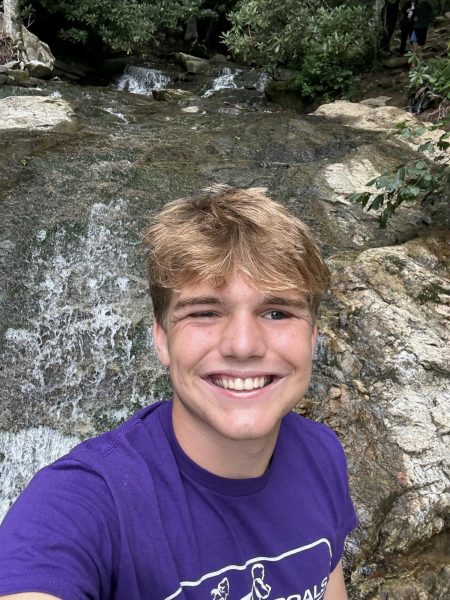
Jack Grimison, Opinion Editor
Hi, I’m Jack, but a lot of people call me Grim. I’m a senior, and this is my third year on “Roar” staff and my second year as the opinion editor. I love writing about topics that I’m passionate about, whether it’s sports, politics or general happenings around the county. I also love running, and I am a captain for the cross country and track teams. I’m super excited for everything in store for this year!
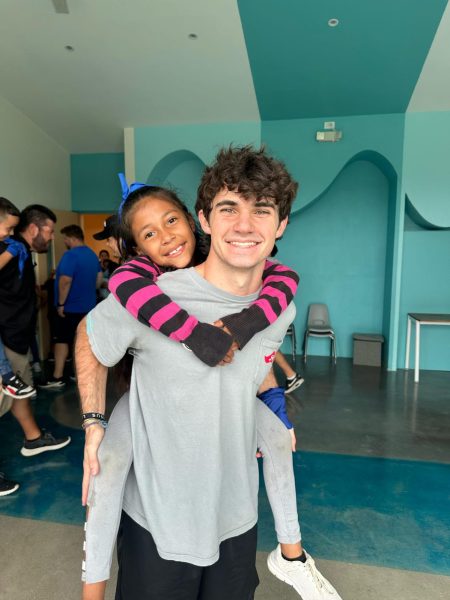
Carter Newlin, Photo Editor
Hey! I’m Carter, and this is my second year on Roar staff as Photo Editor! Besides being the dude with a camera, I am the president of First Priority Club, play soccer, surf, and am a huge Jacksonville Jaguars fan. ¡Pura vida!


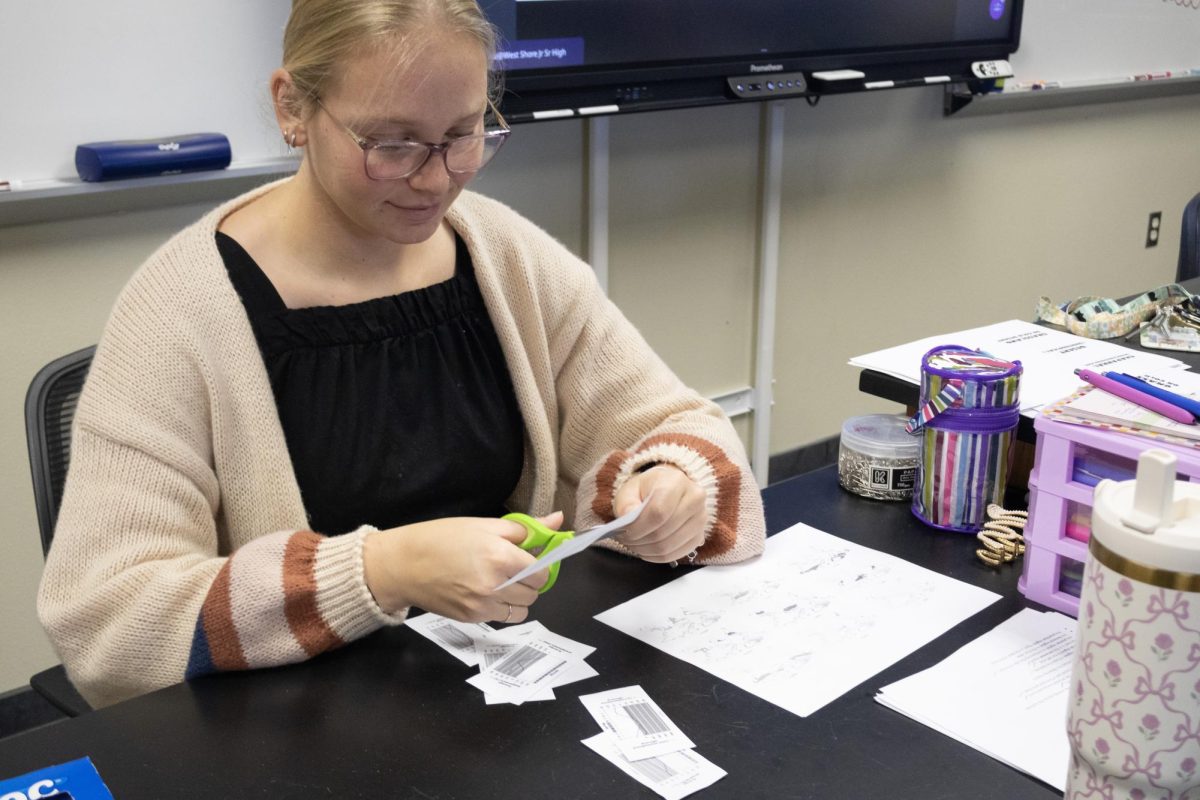
![Sophomore Isabelle Gaudry walks through the metal detector, monitored by School Resource Officer Valerie Butler, on Aug. 13. “I think [the students have] been adjusting really well," Butler said. "We've had no issues, no snafus. Everything's been running smoothly, and we've been getting kids to class on time.”](https://westshoreroar.com/wp-content/uploads/2025/08/IMG_9979-1200x800.jpg)
